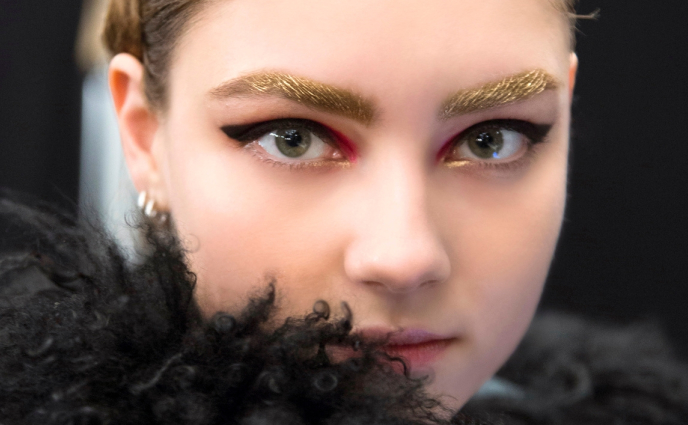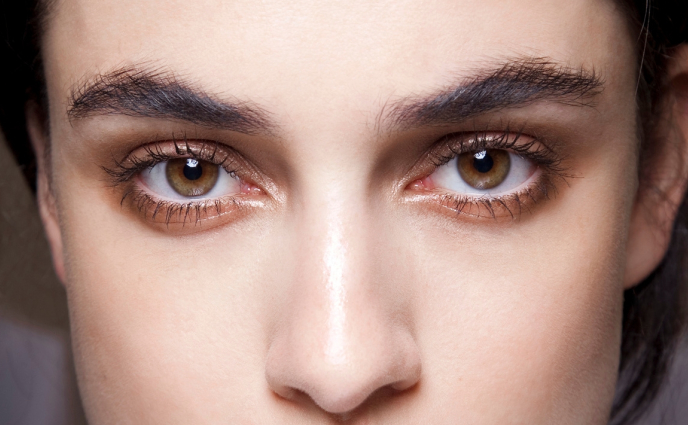First, you'll discuss the ideal shape and color for your brows with the artist. Then, she will fill in your eyebrows with a brow pencil to guarantee you're on the same page and help you visualize the result. At this point, most microblading pros apply some topical numbing cream before sketching in the brows with their handheld tool and custom-mixed pigments. Some artists, like Piret, start conservatively and ask you to come back for follow up sessions to tweak the color and make the brows fuller if desired. Your brows will look slightly exaggerated and may be a little scabby for a few days before your perfect, new tattooed brows are revealed.
Similar to other tattoos, microblading involves a needle piercing your skin. But a little topical numbing cream goes a long way. "Our clients describe the sensation 'like having your eyebrows tweezed,'" says Piret.
Unlike regular tattoos, microblading doesn't last forever. "Over time they just get lighter and eventually disappear," says Piret. If you want to maintain the look, you'll have to have your brows touched up every six months to a year.
The list of contraindications is long. If you're pregnant, nursing, diabetic, have glaucoma or a heart condition, or you're prone to keloid scarring, then you shouldn't have your eyebrows tattooed. But nothing on that list is especially surprising. "You know the state of your health better than anyone," says Piret. "If you have any medical issues that you feel might be a contraindication, then we suggest you get clearance from your doctor."
If you've had eye surgery (like Lasik), then you should wait six months before you get eyebrow tattoos . Avoid retinols for a week before your treatment and 30 days after -- it can fade the pigment. And if you're breaking out around your brows, Piret says to wait until it's cleared up and everything is completely healed.





